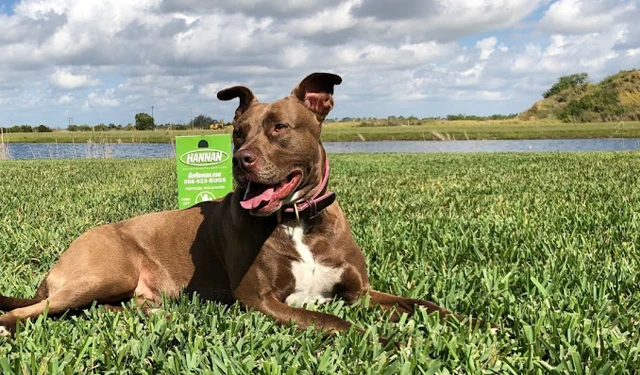Sugar Ant Overview & Quick Facts
Keep ants out of your home or business with
effective identification and control strategies.

A Closer Look at Sugar Ants
(Common name – may refer to several sweet-loving ant species)
The term “Sugar Ant” is often used by homeowners to describe tiny ants attracted to sweets. While the true Sugar Ant (Camponotus consobrinus) is native to Australia, in Florida and across the U.S., the nickname is commonly applied to ants like:
-
Pharaoh Ants
-
Odorous House Ants
-
Ghost Ants
-
Little Black Ants
All of these ants share a craving for sugary substances — and can become persistent indoor pests if left untreated.
🔍 What Do Sugar Ants Look Like?
That depends on the species people are calling “sugar ants,” but generally:
-
Color: Light brown, amber, black, or translucent
-
Size: Very small — usually 1.5 to 3 mm
-
Traits:
-
Trail in long lines toward food sources
-
Often found around sinks, countertops, and pantries
-
Often active year-round indoors
-
🍭 Why Are They Called Sugar Ants?
Because they are highly attracted to sugar and other sweet foods:
-
Candy
-
Soda
-
Honey
-
Fruit
-
Syrups
-
Residue from sugary spills
These ants are expert foragers, finding even the tiniest crumb or drop of sweetness in your home.
🏠 Where Do Sugar Ants Nest?
-
Indoors:
-
Behind walls, under appliances, inside cabinets
-
Inside baseboards or around plumbing
-
-
Outdoors:
-
In mulch, soil, or decaying wood
-
Near foundations, sidewalks, and gardens
-
Colonies are often hidden and hard to locate, especially with species that have multiple queens or satellite nests.
⚠️ Why Are Sugar Ants a Problem?
-
✅ Not dangerous, but:
-
Can contaminate food and surfaces
-
Some species (like Pharaoh or Ghost ants) can spread bacteria
-
Colonies can grow rapidly if untreated
-
DIY sprays often make infestations worse by causing colony budding
-
🧠 Behavior & Traits
-
Form visible foraging trails, especially to sweets
-
Communicate with pheromones
-
Can have multiple queens, making infestations harder to control
-
Some species are active year-round indoors in Florida’s warm climate
🧠 Fun Fact!
Many sugar-loving ants can detect sugary substances from several feet away — and will quickly form visible trails back and forth from the food to their hidden colony.
Frequently Asked Questions
About Sugar Ants
What are Sugar Ants?
“Sugar Ant” is a non-scientific name often used to describe tiny ants that are attracted to sweet foods. In the U.S., the term commonly refers to ants like:
-
Pharaoh Ants
-
Odorous House Ants
-
Ghost Ants
-
Little Black Ants
These ants vary in appearance but share one major trait: a strong craving for sugar.
What do Sugar Ants look like?
That depends on the species, but generally:
-
Size: Tiny — between 1.5 and 3 mm
-
Color: Ranges from light brown, black, to translucent
-
Behavior:
-
Trail in lines to and from food sources
-
Most active in kitchens, bathrooms, or anywhere food is stored
-
Can appear suddenly and in large numbers
-
Where do Sugar Ants live?
-
Indoors:
-
Inside walls, behind cabinets, under appliances
-
Around sinks, drains, and pantries
-
-
Outdoors:
-
Soil, mulch, potted plants, and cracks in pavement
-
Near building foundations or around tree bases
-
Some species nest indoors year-round, especially in warm, humid climates like Florida.
What do Sugar Ants eat?
Their favorite foods include:
-
Candy, fruit, juice, soda
-
Syrup and honey
-
Pet food and crumbs
-
Honeydew from garden pests like aphids
Do Sugar Ants bite or sting?
-
❌ No — most sugar-attracted ant species do not bite or sting
-
✅ They’re generally harmless but can be a nuisance
Are Sugar Ants dangerous?
-
❌ Not directly harmful to people or pets
-
✅ But they can:
-
Contaminate food
-
Spread bacteria (especially Pharaoh or Ghost ants)
-
Be hard to eliminate without professional help due to hidden nests and multiple queens
-
How can I prevent Sugar Ants?
-
Clean up crumbs and spills quickly
-
Store food in sealed containers
-
Take out trash regularly
-
Seal cracks in walls, baseboards, and around windows
-
Fix leaks or reduce indoor moisture (many sugar ants also seek water)
What’s the best way to get rid of them?
-
Use ant baits designed for sweet-feeding ants
-
Avoid sprays, which may cause the colony to scatter or bud
-
Contact a licensed pest control service like Hannan Environmental to eliminate the infestation at the source
Struggling with ants in your home, yard, or business? Hannan Environmental Services offers expert ant control and prevention throughout South Florida. Our trained technicians provide safe, effective, and long-lasting solutions to keep your home pest-free. Contact us today for reliable service you can trust! Feel free to also reach out to Hannan Environmental Services on Facebook!

